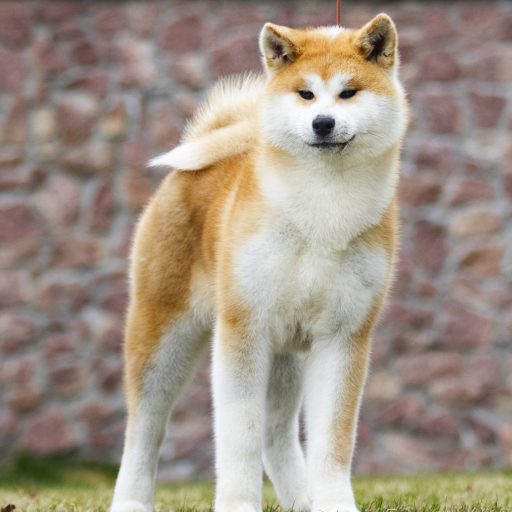The Ariègeois is above all known for his infallible flair, his foolproof endurance. He is the ideal hunter’s companion. He loves game such as partridge or woodcock. In addition to his hunting skills, the Ariègeois is an ideal companion for humans. He is very intelligent, endearing, sweet, sensitive. Sometimes stubborn, of course, he will always try to please his owner. Particularly sociable with children, but also with other animals, whose company he accepts without hesitation. In addition, he has great learning abilities.
Breed History
The Ariègeois originates, as its name suggests, from Ariège, in the Languedoc-Roussillon-Midi-Pyrénées region. The breed is the result of a cross between a country briquet dog and an order dog, probably the Bleu de Gascogne, between the end of the 19th century and the beginning of the 20th century. It is to Count Élie de Vézins (1835-1920) that we attribute its paternity and development. The objective was then to develop a race called to excel in hare hunting.
Today, it is an area in which the Ariègeois always shows himself to his advantage, even if he also sometimes shines against the boar. Its ability to evolve on difficult terrain in the forest or in the mountains has always been appreciated by hunters who have used it. Mainly present in the South, it is much rarer in the rest of France and, a fortiori, in the rest of the world. After nearly disappearing during the Second World War, the breed has since been slowly getting a makeover. The breed was definitively recognized by the Fédération Cynologique Internationale (FCI) on October 1, 1954.
Physical peculiarities
His hair: rather short, tight and of fine texture.
Its color: white with black spots. The contours of the marks are well defined. The coat may be speckled. Pale tan marks on cheeks and eyes.
Its head: of medium width. The skull is slightly domed when viewed from the front. The stop is slightly accentuated. The nose is black, the nostrils wide open, the lips taut and thin.
His ears: rather long, reaching the base of the nose without exceeding the end, drooping, fine, flexible, narrow at their attachment.
His eyes: brown in color, wide open, displaying an awake expression.
His body: the back is well-muscled, the loins welded and slightly arched, the rump fairly horizontal, the chest long and of medium width, the flank flat and slightly raised.
Its tail: rather thin, reaching the point of the hock, carried happily like a saber blade.
Feed
The Ariègeois tends to exert himself a lot physically. He needs a rich and balanced diet. It can be based on high-end kibble, but also human food with meat.












